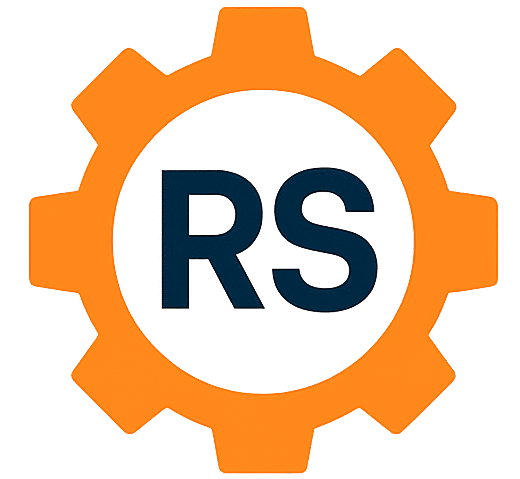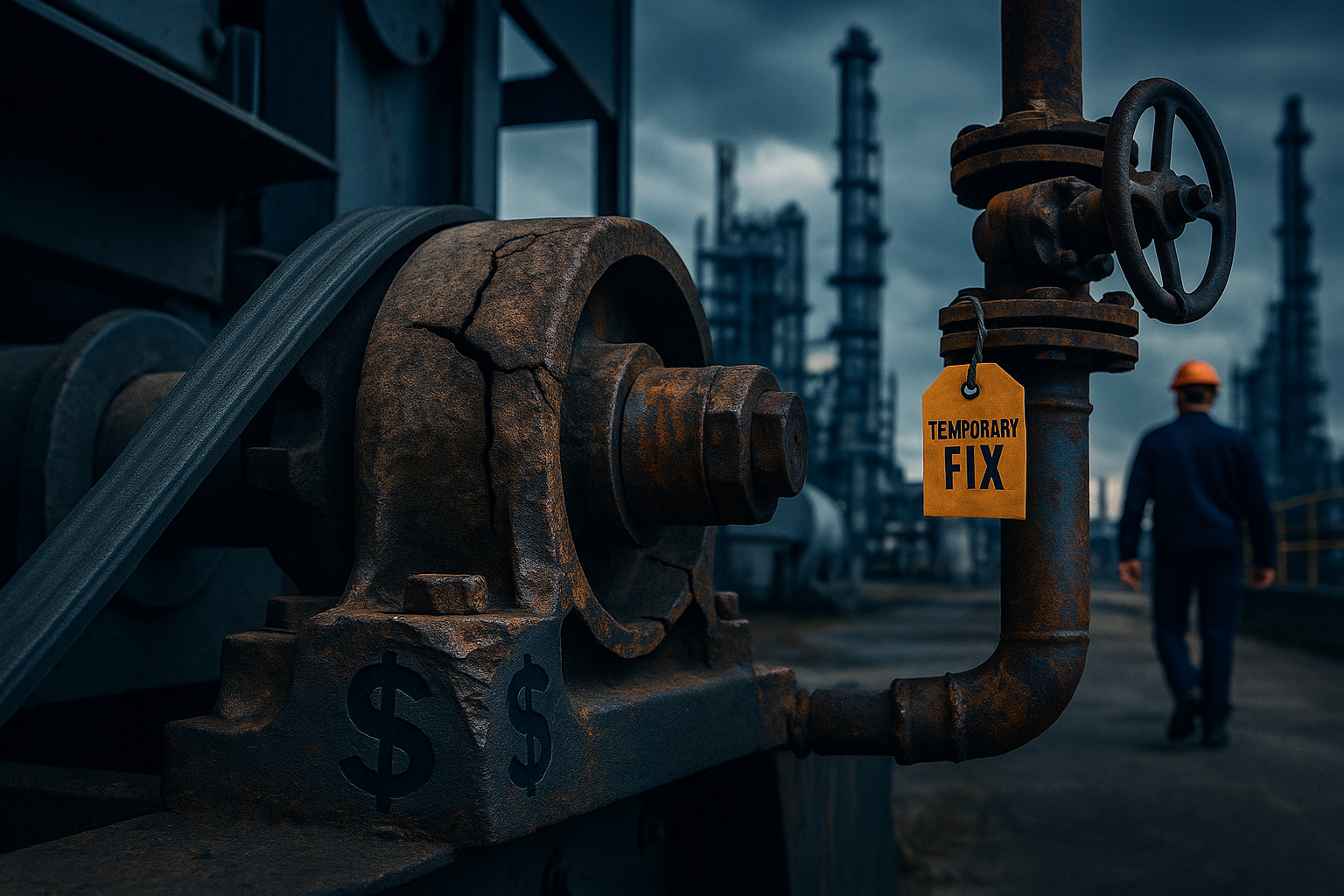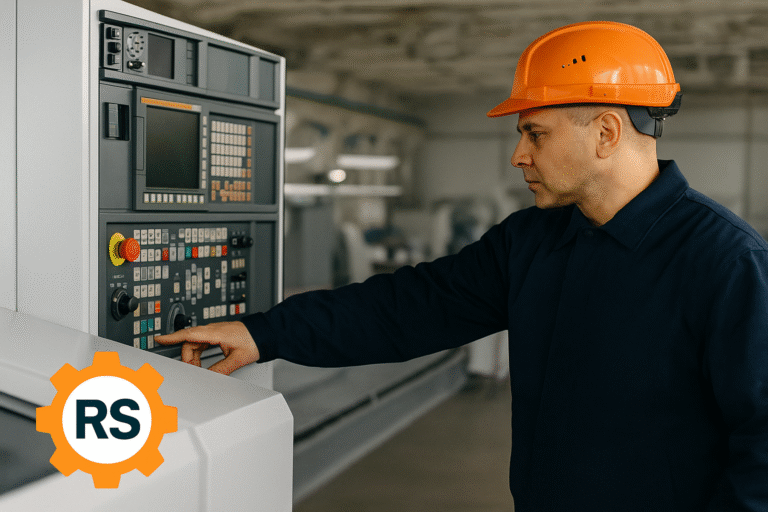Reliability – The True Cost of Cutting Corners
The False Reliability Economy of “Cheaper Is Better”
It happens in plants and refineries around the world every day: a well-meaning procurement team chooses a lower-cost component or a generic spare over the OEM part. This can be the opening act to an expensive—and sometimes catastrophic—reliability failure, even while appears as cost savings.
For industries like oil and gas, chemical refining, and power generation, the stakes aren’t just financial. They are human, environmental, and reputational. One weak link in the chain can ripple across entire operations.
Real-World Example: A Small Reliability Failure, A Massive Shutdown
Consider the BP Texas City refinery disaster (2005). Investigations revealed a series of poor design and maintenance decisions, including outdated and unreliable equipment. What began as small lapses cascaded into one of the deadliest industrial accidents in U.S. history.
Or look at the Chevron Richmond fire (2012)—a corroded carbon steel pipe ruptured, causing a massive blaze. Investigators found that using higher-alloy steel could have prevented the incident. The difference in material cost was insignificant compared to the hundreds of millions Chevron ultimately paid in damages and penalties.
These aren’t isolated stories—they’re warnings.
The Hidden Costs of Downtime in Refineries and Plants
When equipment fails, the costs stack up fast:
- Lost Production: A refinery processing 200,000 barrels/day at $80 per barrel loses $16 million per day when a unit goes offline.
- Safety & Environmental Risk: Failures involving hydrocarbons, high pressure, or toxic chemicals can trigger regulatory penalties and lawsuits.
- Reputation Damage: Once a plant becomes “the one that blew up” or “the one that leaked,” community and investor trust erode.
- Employee Morale: Constant firefighting undermines reliability culture and drives talent out the door.
That “cheap” part now carries a hidden price tag no procurement officer could justify.
Reliability Means Thinking Beyond Purchase Price
A cornerstone of reliability engineering is total cost of ownership (TCO). Instead of focusing on the sticker price of a component, engineers must evaluate:
- Expected lifetime vs operating environment
- Maintenance and replacement costs
- Consequence of failure
- Impact on connected systems
- For example, a $5,000 OEM pump seal might last 3 years, while a $3,000 generic one lasts 18 months. Factor in downtime, labor, and risk exposure, and the OEM part is the cheaper choice every time.
How to Avoid the Trap: Reliability-Focused Procurement
- Use Asset Criticality Ranking → Ensure your most critical equipment always gets OEM or high-spec parts.
- Cross-Functional Alignment → Reliability engineers and procurement must collaborate, not compete.
- Track True Failure Costs → Capture downtime, safety, and secondary impacts in your CMMS, not just repair costs.
- Educate Leadership → Executives must understand why a $2K savings at the storehouse can cost $20M in lost production.
Key Takeaway
Cutting corners on spare parts is never just a procurement decision—it’s a reliability decision. And in oil and gas or chemical refining, reliability is safety, profitability, and reputation all rolled into one.
When in doubt, remember this: The cheapest part is almost always the most expensive part.
Ready to Build Reliability Into Your Plant?
At Reliability Simplified, we help engineers and managers make smarter decisions with ready-to-use asset criticality tools, spare parts checklists, and reliability frameworks.
👉 Subscribe today [INSERT LINK] to get access to tools and templates that protect your plant from hidden costs and catastrophic failures.


